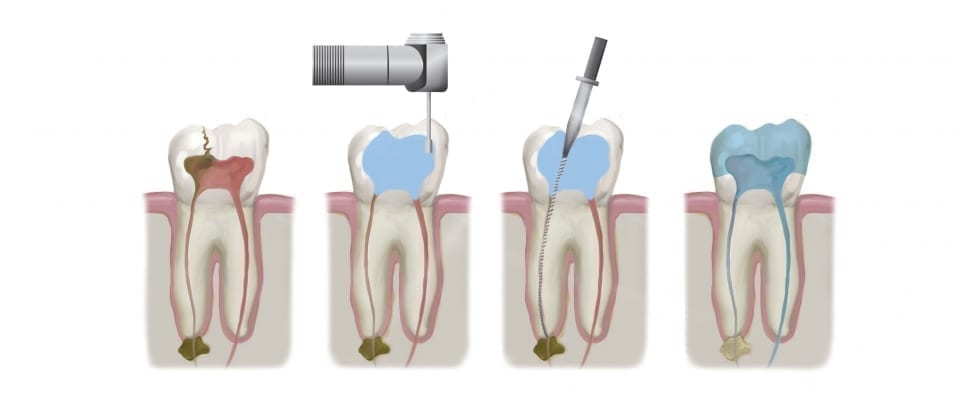
Conservative dentistry is a dental branch that focuses on preserving teeth and their structures. The limited supervision of dental practices leads to some dentists recommending unnecessary treatments to pad their bottom line. Some of these treatments involve permanently altering the patient’s tooth, leaving them permanently weakened.
Conservative dentistry aims to address dental issues using the least invasive treatments possible. This often leads to less time at the clinic and money saved for the patient.
ENDODONTICS deals with the soft tissues inside a tooth, like its nerve, blood vessels, and connective tissues. These tissues are housed in a tooth’s innermost layer called its pulp chamber. The pulp chamber is sealed off from the rest of the tooth, preventing bacteria and acids from getting into it.
However, the pulp chamber can be opened up due to damage or decay, leaving its content exposed to oral bacteria. This drastically increases the risk of infection. Endodontics addresses such problems with treatment like root canal therapy. The procedure allows the patient to save their tooth instead of replacing it with an oral prosthetic like an implant.
CARIOLOGY refers to treatments that are performed to protect and treat teeth surfaces. It involves treatments like applying dental sealants to the biting surfaces of teeth to protect them against decay.
There are often multiple ways to treat any dental issue. Let us use a moderately decayed tooth as an example. Moderate decay can be treated with fillings, onlays/inlays, or crowns. A dentist that is not focused on preserving the patient’s teeth might recommend crowns right away, but that might be overkill. It is great for the dentist since it costs a lot more to restore a tooth with a crown than rebuilding it with filling, but the patient ends up with a weaker tooth than it was when they got to the clinic.
The placement of a crown requires the dentist to cut away portions of enamel from the tooth. Enamel is the protective layer of teeth that shields them from erosive acids made by oral bacteria. There is no way to restore enamel once it has been removed, so the tooth will always need a crown for the rest of the patient’s life.
A conservative dentist uses a different approach. They are more likely to recommend less invasive treatments like fillings or partial crowns. Restoring a tooth with fillings does not require altering its healthy structures, and it helps prevent further decay.
Our conservative dentist fixes dental issues while preserving the integrity of your teeth.
No. 541/A NETHAJI STREET, Jaihindpuram 2nd Main Rd, Madurai - 625011,Tamil Nadu
No 1, first floor,Gangai street, Bharathi Nagar, Tharamani, Chennai - 600113,Tamil Nadu